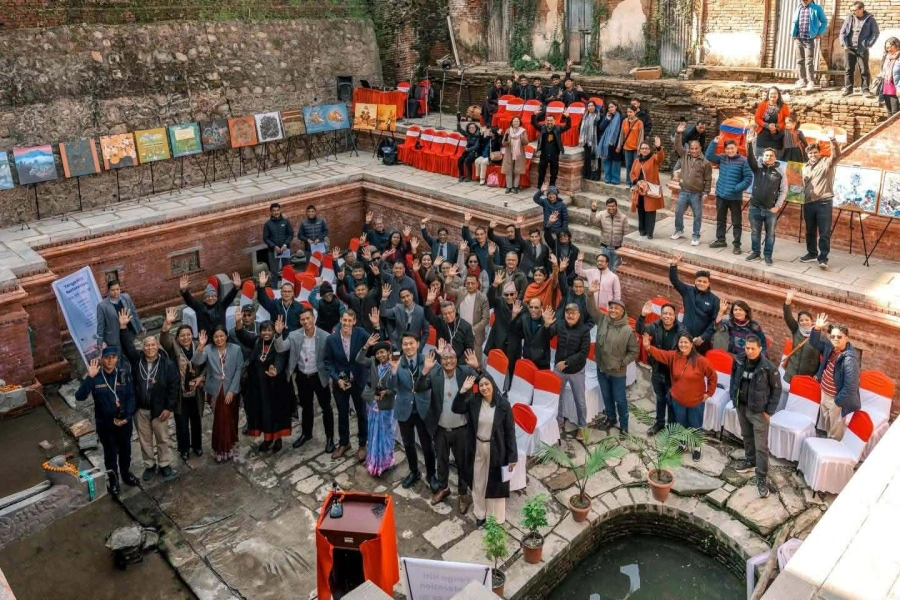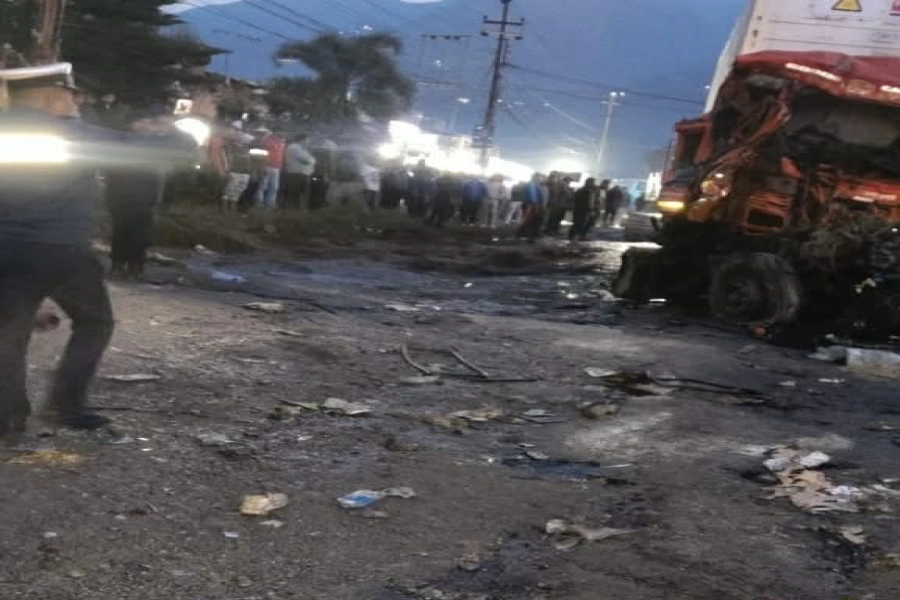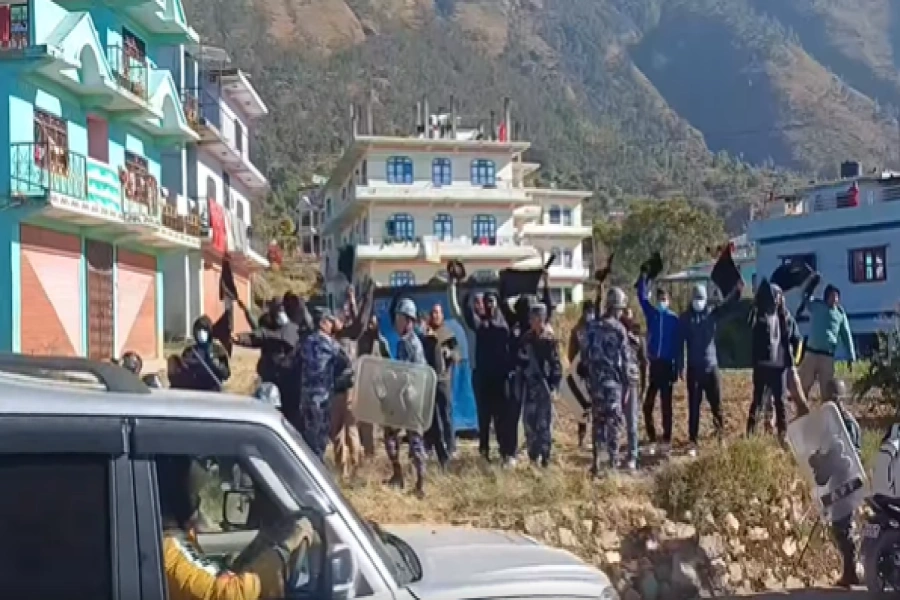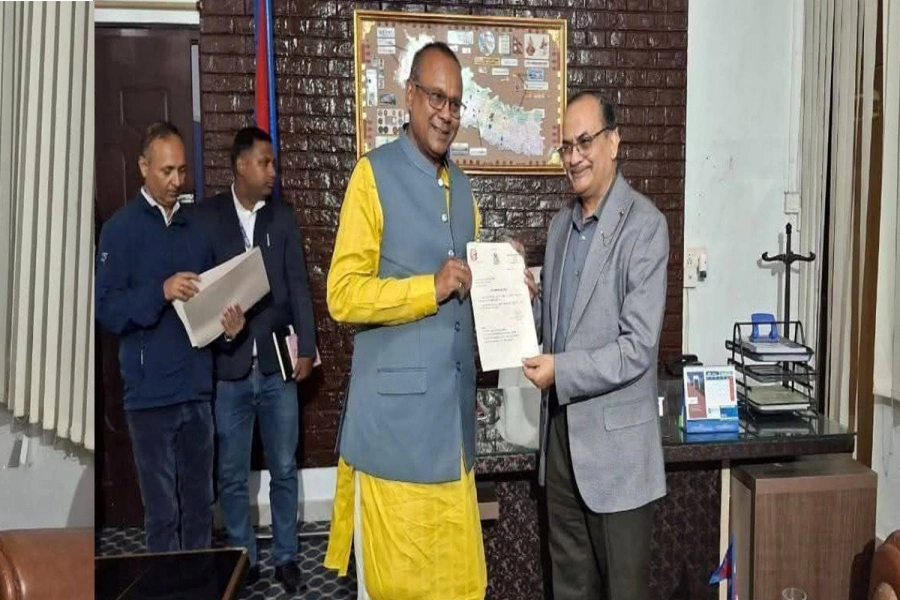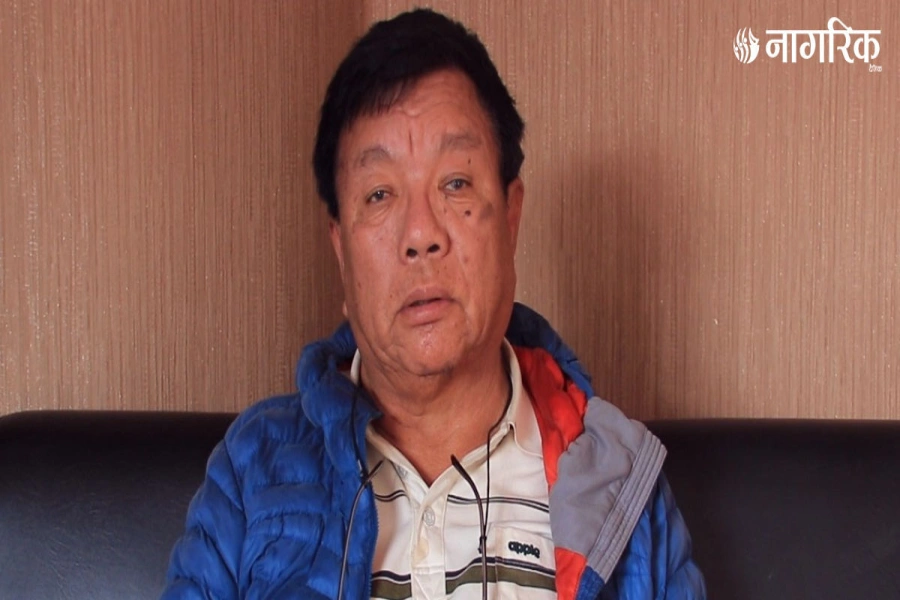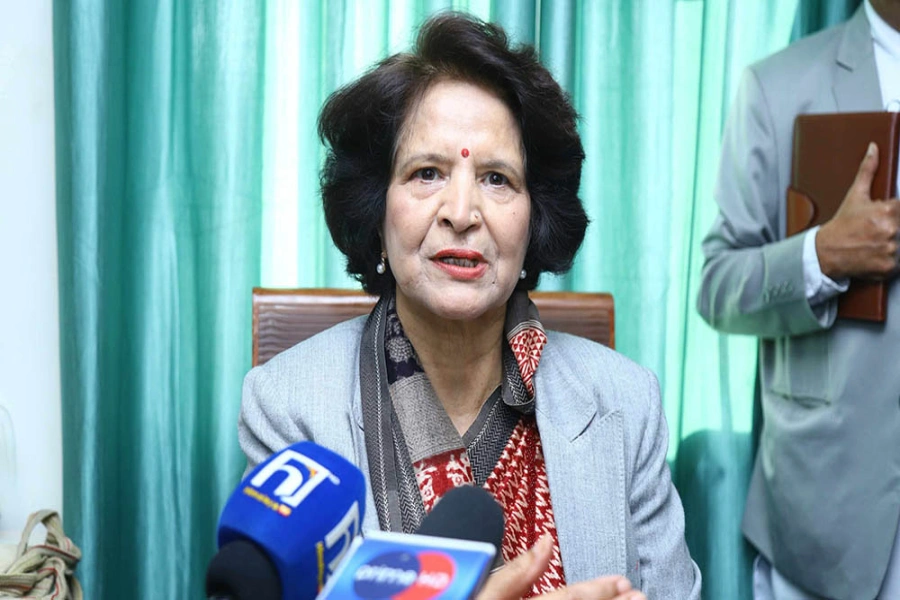A 2020 study found that open waste burning increased PM 2.5 concentrations by nearly 30% in Nepal and kills thousands upon thousands each year.
The unending issue of open waste burning has grasped the attention of a handful of researchers and think tanks in the recent decade. Moreover, this issue is exacerbated by unmanaged urbanization and rapid growth of population leading to escalated waste production to unprecedented levels. As a result, effective waste management has emerged as a critical challenge that demands urgent attention and comprehensive solutions.
Kathmandu valley alone produces 1262 tons of waste daily among which 15% is released into the environment and is either burned or disposed, 18.5% is recovered and sent to scrap dealers for recycling, and 63.5 percent is dumped in landfills.
Furthermore, the valley has around 78 private waste collection companies, 18 municipal environments and sanitation units. Yet, research jointly conducted by Prof. Dr. Sanjay Nath Khanal and Kundan Chaudhary for Kathmandu University (KU) found that the waste collection efficiency of Kathmandu Valley is 72 percent, and 9 percent of the valley’s waste is burnt.
The art of creative reuse : Upcycling waste and upscaling the e...
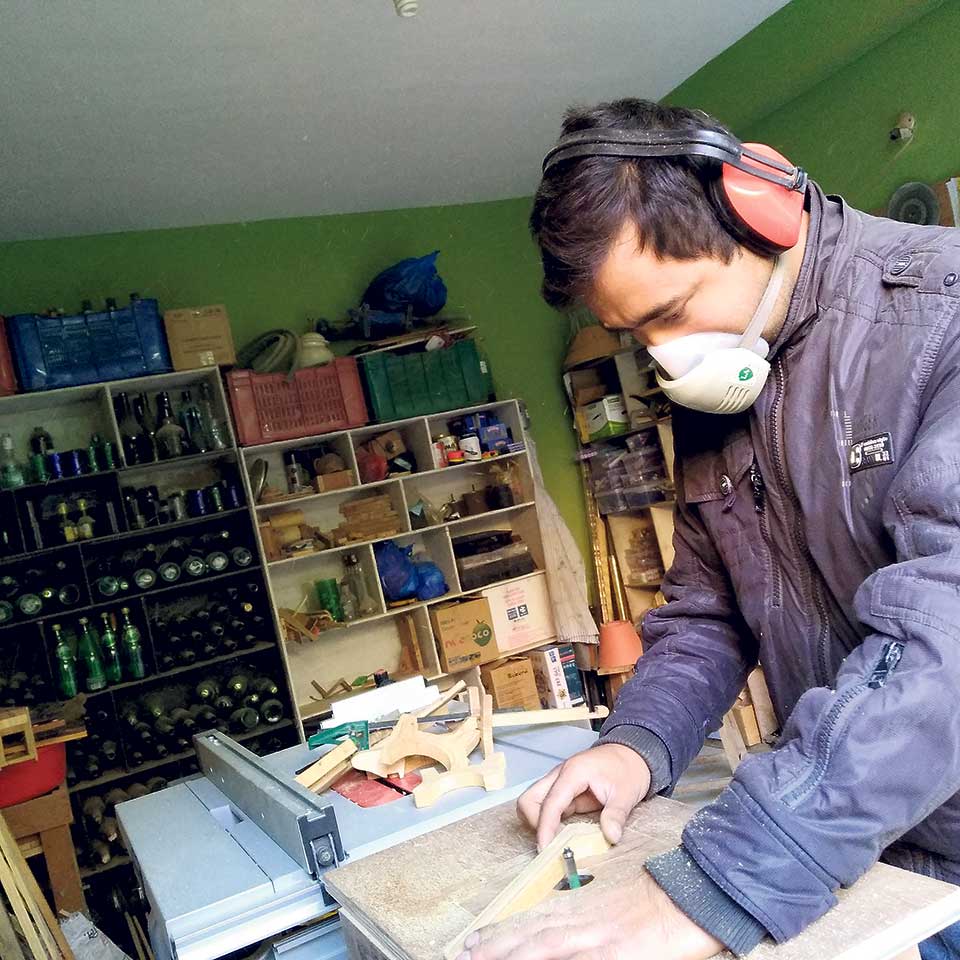
This study reflected that the valley’s residents burn one in every 10 plastics hence, the issue of open-waste burning persists—at homes, roadside and even in collection centers. There is a direct connection between unmanaged waste and open burning as the issue of unmanaged waste catalyzes open waste burning to reduce the waste at site.
Waste is the second cause of air pollution after emissions from vehicles in the Valley and globally as stated by the State of Global Air. According to the U.S. Environmental Protection Agency, burning plastics is notably the worst possible end-of-life management approach for plastics from a climate perspective leading to serious health hazards and environmental damage.
Based on the emission factor developed by Bhupendra Das and colleagues, who are experts in air pollution, the residents of the valley are breathing in 103 metric tons of PM 2.5 , 22,223 metric tons of CO2 every year. Among the burned waste, most are plastics such as MLPs, PETs and Styrofoam which releases carcinogenic dioxins, persistent organic pollutants (POP), and furans into the air and persist in ash waste residues. Furthermore, plastics break down into microplastics up to 5 mm in diameter that can be suspended in the air and enter the human body through breathing. Thus, inhaling such microplastics can severely affect health immensely.
Moreover, breathing microplastics and such levels of pollutants have been linked to acute and chronic respiratory disease, heart diseases, and allergic hypersensitivity, particularly children and elderly people are at risk. Furthermore, these pollutants move in the ambient environment via wind currents, implying that plastic burned in Kathmandu could easily affect the air quality in Nagarkot. A 2020 study found that open waste burning increased PM 2.5 concentrations by nearly 30% in Nepal and kills thousands upon thousands each year. As stated by the Ministry of Health and Population, air pollution leads to 42,100 deaths every year out of which 19% are children under five and about 27% are adults above 70 years of age.
According to the World Health Organisation (WHO) and Nepal Ambient Air Quality Standard, 40 microgram per cubic meter per 24 hours is the permissible limit per 24 hours but more than 80 percent Nepalis living in urban areas like Kathmandu Valley breathe air that exceeds the limit.
The burnings are more evident in winter especially during dawn and midnight, using dry waste, plastics, and paper. These are mainly lit by homeowners, waste workers, construction workers, to beat the biting cold. Even in urban areas, one can notice burning dry yard waste, papers and plastics in the early morning or in the evening to dispose of the surplus waste that was not collected. Such open burning takes place in roadside, backyard, under the bridge, in collection centers, and public places. Waste workers collect valuable waste and are unaware about the health impacts of burning plastics and low value waste.
In 2018, the Supreme Court imposed a ban on open burning of waste and issued a circular to all 18 municipalities in the Valley to enforce the ban on open burning. However, the enforcement was short-lived. Since 2022, Kathmandu Metropolitan City (KMC) is deliberating strict action against open burning of waste and biomass as per its Environment and Natural Resources Protection Act which states that producing smoke, dust and other gases polluting the ambient environment is an offensive act. A fine of Rs 5000 to Rs 50,000 is imposed on the accused, which has led to decreased open waste burning.
The mitigation of air pollution from plastics requires collective efforts from the government, communities and civil society organizations. Several organizations have conducted awareness campaigns to spread awareness among the citizens on air pollution.
USAID Nepal in partnership with the Nepal Ministry of Health and Population, installed 3D artificial fabric lungs in Maitighar which replicated the breathing mechanism of lungs directly associating the effects of air pollution to the lungs. In just two weeks, the lungs turned black showcasing the serious impact of air pollution on human health. Other activities such as citizen science, school level awareness campaigns, and waste mapping have been implemented by local organizations. But as a conscious citizen, we need to reduce our dependence on plastics and open burning for a better environment where all living beings can thrive. Let us take a pledge to reduce carbon emission and change our lifestyle for a cleaner and greener future.






